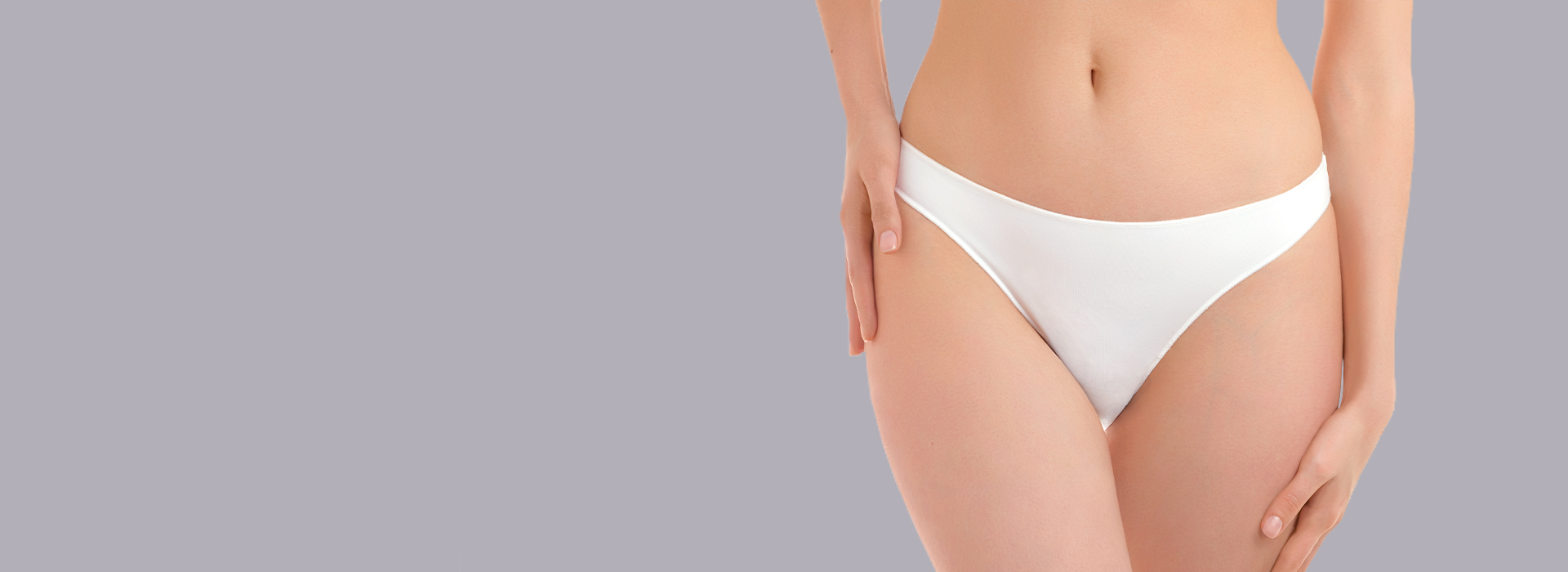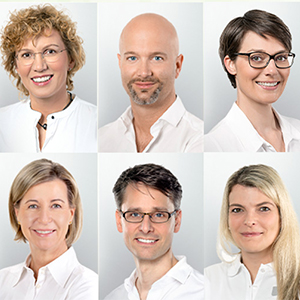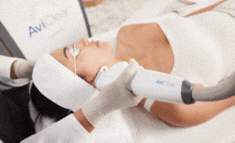Some fundamental facts about liposuction (liposculpture)
In contrast to overweight, which should never be an indication for liposuction, there are many women who suffer from often genetic fatty deposits, especially in the thigh area, which do not respond to the normal fatty deposit and lipolysis process (even in the case of thigh-training).
Liposuction in men
In men the fatty deposits are mainly found around the hips, they are known as so-called “love handles”, or commonly referred to as “spare tyre”, or are found in the abdominal area.
Liposuction of abdomen, thigh or hip
This applies to cases of abnormal fat tissue distribution that does not respond to diet, selective physical training, massages or compresses etc. Persons with otherwise normal weight can have excess tissue in the area of the abdomen, on thighs or hips, often referred to as “riding breeches”.
A special problem seen in many patients is the formation of depressions in the skin as part of cellulite or as a complication after liposuction.
Cellulite is mainly caused by a weakness of the connective tissue leading to the formation of skin depressions.
In this case cellulite and the depressions in the skin can be treated by means of liposculpture and, where necessary, in combination with the injection of own body fat.
Liposuction is a suitable method for selectively dealing with irritating problem areas in a sustainable manner. After liposuction you should avoid extreme weight variations as these may adversely affect your body's proportions.
The various methods currently available for liposuction (liposculpture) are:
- ultrasound-assisted liposuction
- liposuction with tumescent local anaesthesia
- liposuction with the vibration cannula (preferred method at Sophienklinik)
Preparation
Prior to the operation you should discuss with your physician what your expectations are and how far they can be realised with the medical resources available.
Frequently asked questions
- What are the currently most common procedures of liposuction?
- What are the advantages of the vibration cannula?
- How long is this surgery?
- How many sites can be treated per operation?
- Can fatty deposits redevelop?
- Will the operation leave visible scars?
- Will I have to stay in the clinic after liposuction?
- Things to bear in mind during the post-operative phase?
- Is it likely that after liposuction you put on fat in other places?
Your question is not listed here? Call under
+49 (711) 25 25 75 – 0 – We advise you gladly.




